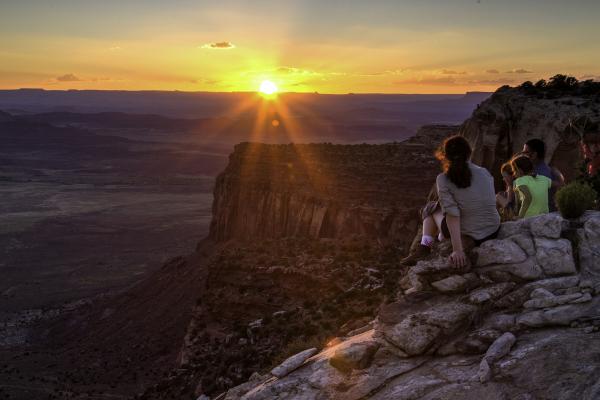The Obama administration consistently underwent robust stakeholder engagement surrounding all initiatives, including any potential monument designation. The love that communities show for these new monuments evidences our collective ownership of them as national treasures. I am grateful that the Obama administration’s public lands agenda sent a clear message that diversity and inclusion matter, and I believe future administrations have much to learn from their example. In fact, I am part of a coaltion that is asking President Obama to issue a Presidential Memorandum which would transmit the values of diversity and inclusion to public lands agencies. May the stories enshrined in the national monuments of the Obama years nourish us for struggles in the years to come.
Read the Full Article

